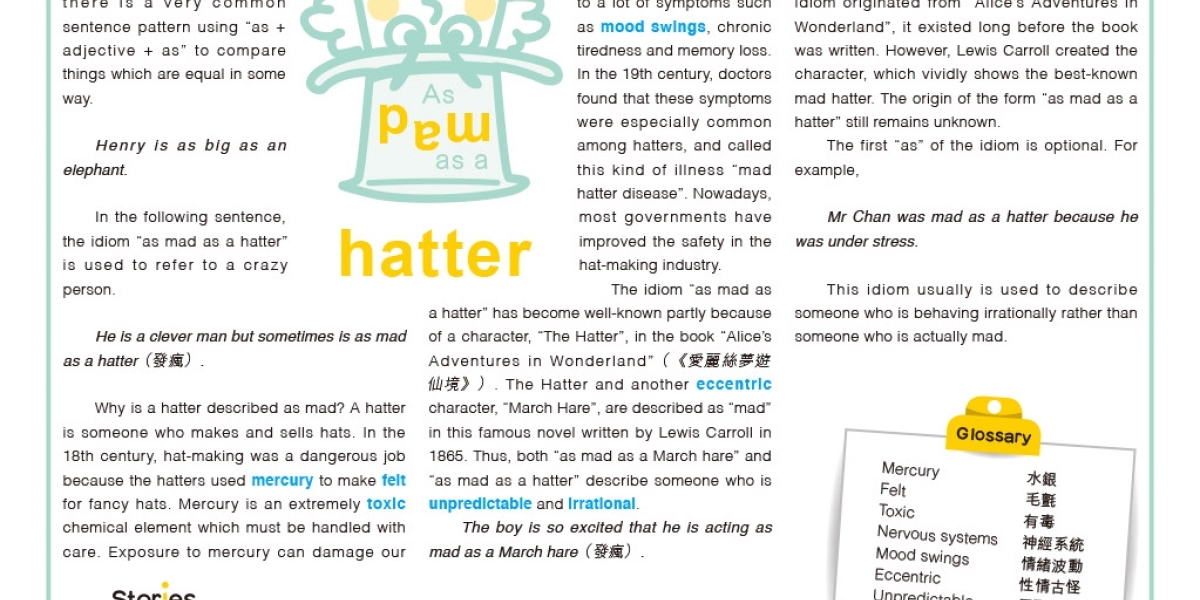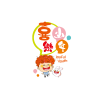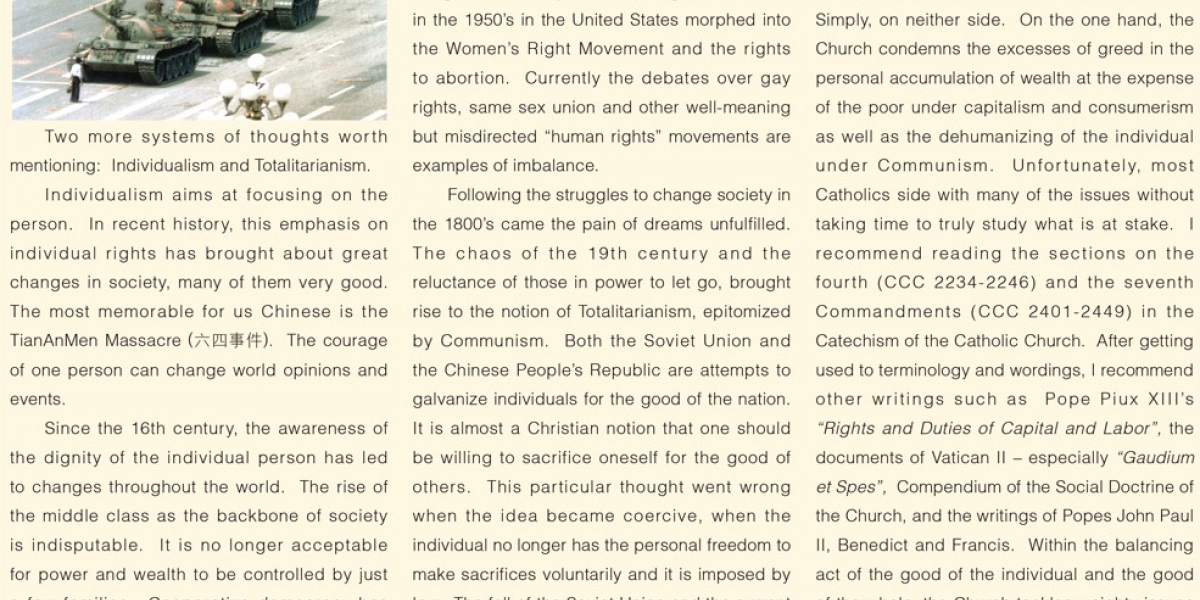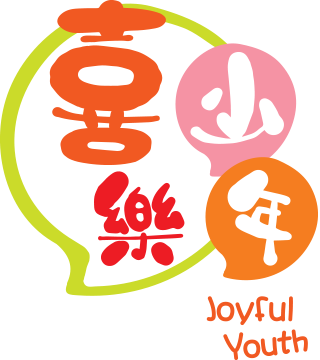昔日文章


Stories behind famous saysings
2017.01.21
Don’t count your chickens before they’re hatched
In less than a week, Chinese people all over the world will celebrate the Year of the Chicken (or the Year of the Rooster). While many Chinese people believe that the zodiac animal signs of their year of birth may affect their personalities and fortune, the sign system in Western astrology is different. However, in the English language, there is a proverb which uses the word “chicken” to give people advice.
The football team has scored two goals already, but wait till the end of the match. Don’t count your chickens before they’re hatched (雞蛋還沒孵化,就別去數小雞;不要過早樂觀).
This proverb warns us not to assume that something good we hope for will really happen. In other words, our hopes might not come true in the end, and we should wait and see.
One of the earliest versions of this proverb was found in a poem written by Thomas Howell, a British poet, in 1570.
“Don’t count your chickens before they’re hatched” is British English whereas “don’t count your chickens before they hatch” is American English.
The proverb may have originated from an Aesop (伊索)fable entitled “The Milkmaid and Her Pail” (《擠牛奶姑娘與她的牛奶桶》), written more than 2,500 years ago. In this fable, a milkmaid is carrying a pail of milk on her head. On the way to the market, she daydreams about what she will do with the money she will get after selling the milk. She plans to buy eggs. When the eggs are hatched, they will become chickens. As she is so absorbed in her idea, she tosses her head and drops the pail. So a form of this proverb appears at the end of the fable.
Finally, may this Chinese New Year bring you good health and good fortune!
Glossary
Rooster 雄雞
Zodiac animal signs 生肖
Personalities 性格
Fortune 運氣、財富、命運
Astrology 占星術
Assume 假設
Daydreams 發白日夢
Absorbed 沉醉


Stories behind Idioms
2016.06.04
As mad as a hatter
In the English language, there is a very common sentence pattern using “as + adjective + as” to compare things which are equal in some way.
Henry is as big as an elephant.
In the following sentence, the idiom “as mad as a hatter” is used to refer to a crazy person.
He is a clever man but sometimes is as mad as a hatter(發瘋).
Why is a hatter described as mad? A hatter is someone who makes and sells hats. In the 18th century, hat-making was a dangerous job because the hatters used mercury to make felt for fancy hats. Mercury is an extremely toxic chemical element which must be handled with care. Exposure to mercury can damage our nervous systems, leading to a lot of symptoms such as mood swings, chronic tiredness and memory loss. In the 19th century, doctors found that these symptoms were especially common among hatters, and called this kind of illness “mad hatter disease”. Nowadays, most governments have improved the safety in the hat-making industry.
The idiom “as mad as a hatter” has become well-known partly because of a character, “The Hatter”, in the book “Alice’s Adventures in Wonderland”(《愛麗絲夢遊仙境》). The Hatter and another eccentric character, “March Hare”, are described as “mad” in this famous novel written by Lewis Carroll in 1865. Thus, both “as mad as a March hare” and “as mad as a hatter” describe someone who is unpredictable and irrational.
The boy is so excited that he is acting as mad as a March hare(發瘋).
While a lot of people think that the idiom originated from “Alice’s Adventures in Wonderland”, it existed long before the book was written. However, Lewis Carroll created the character, which vividly shows the best-known mad hatter. The origin of the form “as mad as a hatter” still remains unknown.
The first “as” of the idiom is optional. For example,
Mr Chan was mad as a hatter because he was under stress.
This idiom usually is used to describe someone who is behaving irrationally rather than someone who is actually mad.


Stories behind Idioms
2016.05.14
Thumbs up
Very often in our daily lives, we make a thumbs-up sign or see someone giving a thumbs-up sign. In recent years, this sign has also become a popular emoji on the internet, particularly on the Facebook social media site and WhatsApp Messenger.
What do you want to express when you send this emoji to your friends? According to a survey, people use this emoji to express a lot of emotions such as “good job”, “keep it up” and “proud of you”.
In addition of showing the sign of thumbs up, people use the idiom “thumbs up” to mean approval and encouragement.
After trying the new dish, the customers gave a thumbs up(豎起大拇指;讚許)to the chef.
It is widely thought that the origin of this idiom came from ancient Roman combats. A defeated Roman gladiator could be spared from death when the crowd gave the sign of thumbs up. However, he was condemned to death when the crowd showed the sign of thumbs down. This story has also given rise to the idiom “thumbs down”.
He was very disappointed because his proposal was given a thumbs down(反對)by the manager.
This story became very popular because of the painting “Pollice Verso” by the French artist Jean-Léon Gérôme in 1872. In the painting, the crowd made the thumbs-down gestures to a defeated gladiator.
Like a lot of idioms, the story behind “thumbs up” and “thumbs down” is still not certain. Scholars have made different interpretations of the gestures. For example, “Brewer’s Dictionary of Phrase and Fable” said that if the crowd wished the gladiator to live, they enclosed their thumbs in their fists; if they wished him to be slain, they turned their thumbs out.
In recent years, you might have also heard “two thumbs up” (豎起兩個大拇指;讚不絕口), which means strong approval. The saying came from a film review programme in the USA. The film critics Roger Ebert and Gene Siskel used the thumbs-up and thumbs-down system to review films. When both of them gave the film a thumbs up, this means that the film was very good. The phrase “two thumbs up” was trademarked in 1995 to ensure that their film reviews were trustworthy and reliable.


Neither East Nor West
2013.11.03
Individualism(個人主義)﹠ Totalitarianism(極權主義)
Two more systems of thoughts worth mentioning: Individualism and Totalitarianism.
Individualism aims at focusing on the person. In recent history, this emphasis on individual rights has brought about great changes in society, many of them very good. The most memorable for us Chinese is the TianAnMen Massacre (六四事件). The courage of one person can change world opinions and events.
Since the 16th century, the awareness of the dignity of the individual person has led to changes throughout the world. The rise of the middle class as the backbone of society is indisputable. It is no longer acceptable for power and wealth to be controlled by just a few families. Cooperative democracy has been the moving force everywhere throughout the world for the last two hundred years. This is particularly evident in both the American and the French Revolutions. It has brought about great moments of heroism and beauty of personal virtue.
This ideology came to an abrupt end in the 1960’s when personhood became lopsided. Personal rights rose above the consideration for the good of society. The Civil Rights Movement in the 1950’s in the United States morphed into the Women’s Right Movement and the rights to abortion. Currently the debates over gay rights, same sex union and other well-meaning but misdirected “human rights” movements are examples of imbalance.
Following the struggles to change society in the 1800’s came the pain of dreams unfulfilled. The chaos of the 19th century and the reluctance of those in power to let go, brought rise to the notion of Totalitarianism, epitomized by Communism. Both the Soviet Union and the Chinese People’s Republic are attempts to galvanize individuals for the good of the nation. It is almost a Christian notion that one should be willing to sacrifice oneself for the good of others. This particular thought went wrong when the idea became coercive, when the individual no longer has the personal freedom to make sacrifices voluntarily and it is imposed by law. The fall of the Soviet Union and the current experimentations in the economics of China show how Totalitarianism fails. As a philosophy, it stifles individual dignity and the enthusiasm for self improvement. Yet, whenever there is an unreasonable imbalance of wealth, the same ideas rise up again to justify government central power, all in the name of helping the poor. This is partly the struggle currently in the United States over universal health care.
Where does the Church stand on this? Simply, on neither side. On the one hand, the Church condemns the excesses of greed in the personal accumulation of wealth at the expense of the poor under capitalism and consumerism as well as the dehumanizing of the individual under Communism. Unfortunately, most Catholics side with many of the issues without taking time to truly study what is at stake. I recommend reading the sections on the fourth (CCC 2234-2246) and the seventh Commandments (CCC 2401-2449) in the Catechism of the Catholic Church. After getting used to terminology and wordings, I recommend other wr i t ings such as Pope Piux XI I I ’s “Rights and Duties of Capital and Labor”, the documents of Vatican II – especially “Gaudium et Spes”, Compendium of the Social Doctrine of the Church, and the writings of Popes John Paul II, Benedict and Francis. Within the balancing act of the good of the individual and the good of the whole, the Church tackles weighty issues like just wage, right to work, ecology, human trafficking, economic slavery, and so on.
Happy reading.


